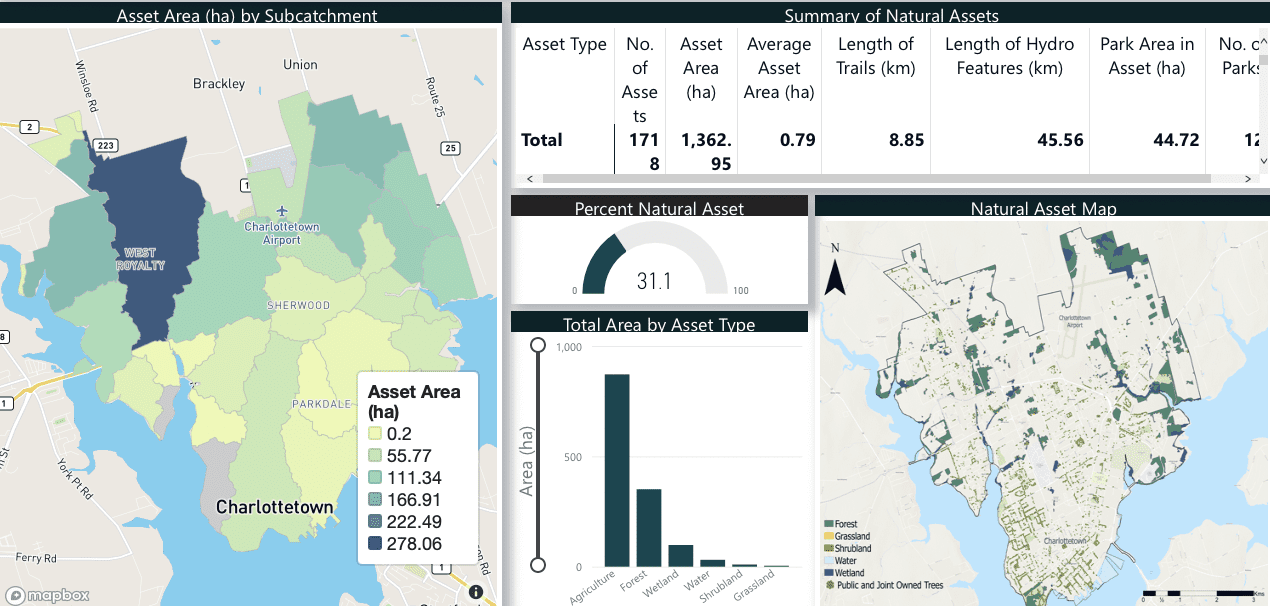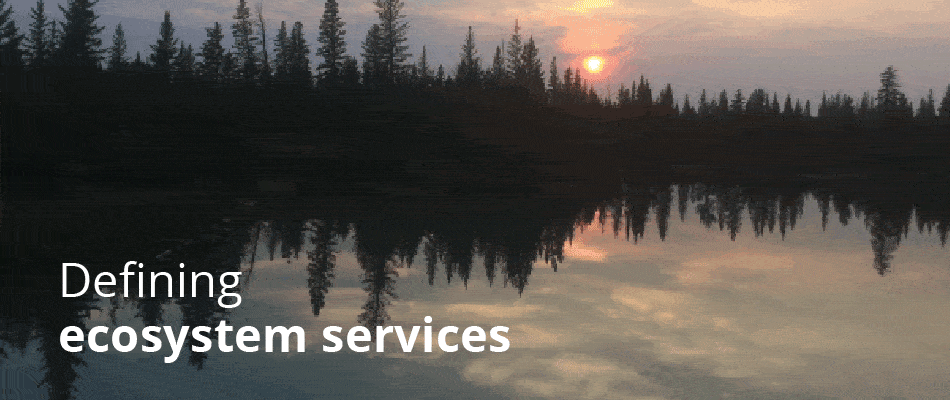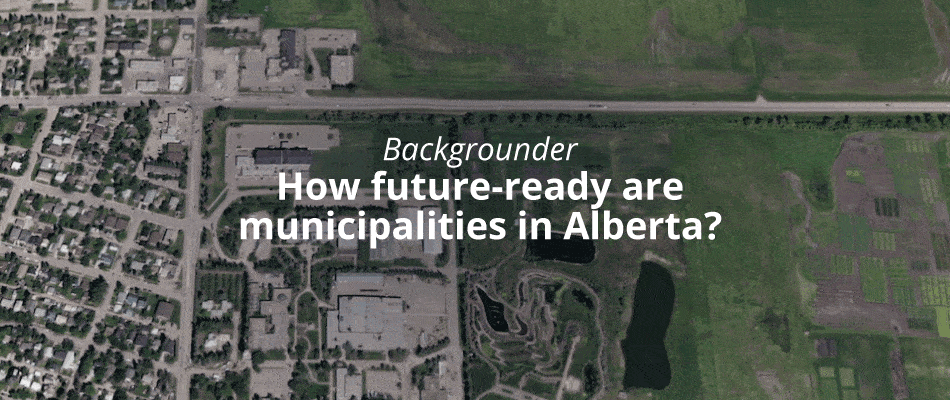In emerging research, the benefits from ecosystems are becoming defined and quantified
By the end of the 1980s, the drinking water supply for New York City was stressed to its max. Proposals to construct water treatment facilities had associated costs of up to $6 billion – and then would cost $250 million every year to keep them operating.
Instead of investing in new facilities, the largest city in the United States put money into the local watersheds and has since been able to provide water for 9 million residents for a fraction of the cost.
Ecosystems support our communities
The watersheds upstream of New York City help to filter water before it enters the municipal water system. Healthier watersheds reduce the load that filtration and treatment plants must manage, so the city collaborated with nearby counties to improve the protection of the watershed.
Protective measures part of New York City’s watershed management included:
- Expand protected lands around streams and rivers
- Protect critical regions
- Restore damaged streams and rivers
- Reduce point-source pollution and non-point sources through regulatory controls
Coupled with a water conservation program, New York City was able to manage water supply without a big jump in rates to the consumers. The cost of the program is estimated to be – at the most – $1.5 billion.
This is one example of the services and value that ecosystems offer our communities. Just as ecosystems are incredibly complex, their services are not as clear as municipal budget lines for traditional services.
But by overcoming this complexity, communities can receive valuable services while promoting the protection and preservation of natural systems.
Global value of $145 trillion
The estimated value of services provided by ecosystems was estimated in 2007 to be $145 trillion every year. To estimate this value, the benefits to human wellbeing, livelihood and health – in concert with the built environment and human capital.
A valuation recognizes the public good of ecosystem services in economic terms. It connects conservation with monetary units, for the goal of raising awareness of the value provided by natural assets.
Accounting for natural services
The Municipal Natural Assets Initiatives assists municipalities to identify natural infrastructure and manage ecosystem services. They define natural assets as:
“Stocks of natural resources or ecosystems that contribute to the provision of one or more services required for the health, well-being and long-term sustainability of a community and its residents.”
For example, the traditional infrastructure for drinking water is a water treatment plant. The ecosystem service for drinking water can be river headwaters while the natural asset is the land in the river watershed.
The challenge of natural services is they are not confined to municipal borders and often require shared responsibility. Identifying ecosystems often requires analysis of the ecosystems and natural assets within municipal boundaries and well beyond, and management requires collaboration between governments.
Accounting for natural infrastructure is not as straightforward as traditional infrastructure – this first step can be the largest obstacle.
Municipal ecosystem services in action
The process for natural asset management is parallel to the process for traditional asset management, with the addition of some complexities and opportunities.
The process can be summarized into three phases:
- Assess asset management practices and state of current assets
- Plan an asset management strategy and integrate into financial plan
- Implement plan, measure and evaluate results.
Municipalities can use MNAI’s resources for decision makers to outline the process to identify municipal assets and proceed with their management. The information is based on the research and application of natural asset management pioneered by MNAI.
Okotoks recognized for their Natural Asset Inventory program
The Town of Okotoks was recognized in 2021 by the Canadian Association of Municipal Administrators for its Natural Asset Inventory program. By identifying natural assets, the Town can use the information to assist with future planning. The program allows for a more accurate analysis of the real value of land in the community.
Beyond Alberta: Charlottetown Natural Asset Inventory
Outside of Alberta, the City of Charlottetown reviewed over 1,700 natural assets and created a municipal natural asset inventory. The database not only identifies the location and type of natural asset, but it also includes an analysis of their condition.

“Having an inventory of them is great for when we’re making important policy and planning decisions,” said the water coordinator with the city, Alistair Ozon, in an interview with CBC News. “Knowing where they are within our city boundaries, and being able to track them, and understanding how they might change as we start to develop or consider new projects.”




Recent Comments